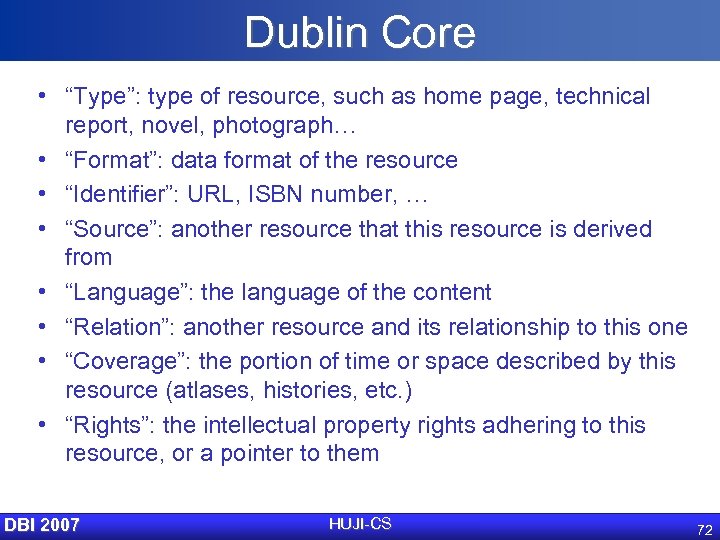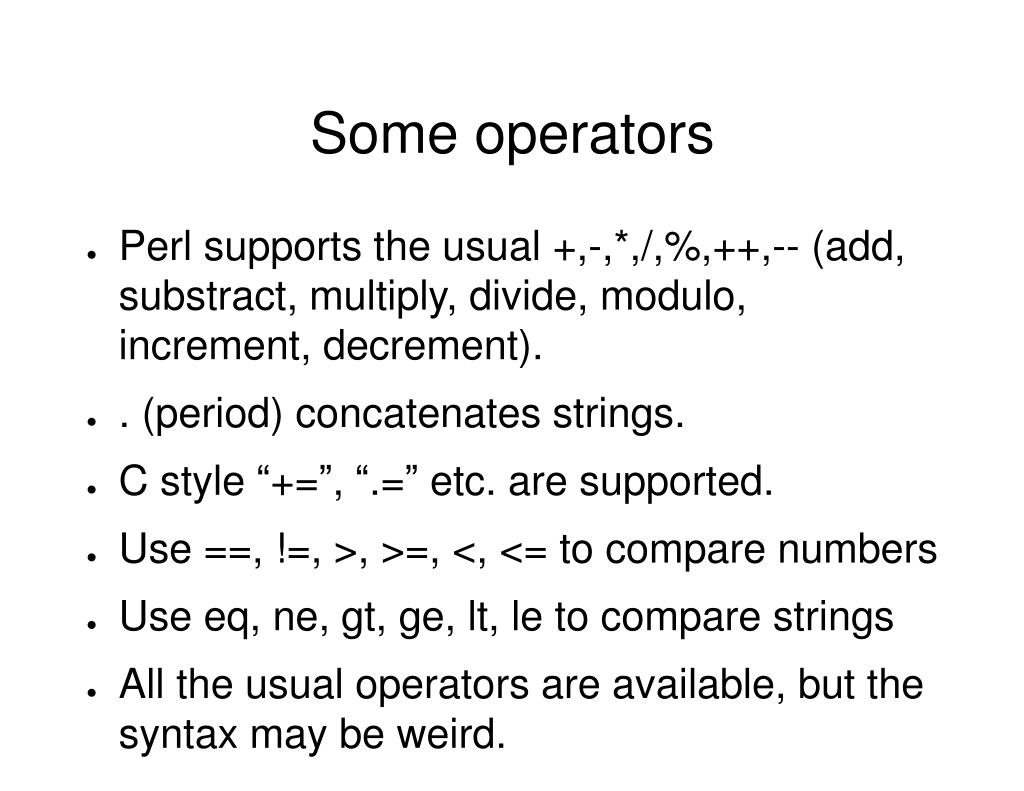

eq is indeed the string comparison operator in Perl. Curlies around the body of flow control statements are not optional in Perl. For standard strings this function performs character-by-character lexicographical comparison. I will follow up with the reading you recommended. The cmp operator is used for comparing two strings and finding out if the first is less than or equal to, or greater than the second string. First, calculate the number of characters to compare, as if by sizetype rlen std::min(count1, count2). Then compare the sequences by calling Traits :: compare (data1, data2, rlen ).

In this case, we used the name variable inside a string and it is replaced by its value, Jack. Second, defined a double-quoted string with the quote-like operator qq/. string m/soughttext/ m before the first slash is the match operator. First, calculate the number of characters to compare, as if by size_type rlen = std:: min (count1, count2 ). First, defined a single-quoted string variable with the quote-like operator q/. This overload participates in overload resolution only if std:: is_convertible_v > is true and std:: is_convertible_v is false.Ī character sequence consisting of count1 characters starting at data1 is compared to a character sequence consisting of count2 characters starting at data2 as follows.

9) Implicitly converts t to a string view sv as if by std:: basic_string_view sv = t, then compares a [pos1, pos1+count1) substring of this string to a substring [pos2, pos2+count2) of sv as if by std:: basic_string_view ( *this ).


 0 kommentar(er)
0 kommentar(er)
